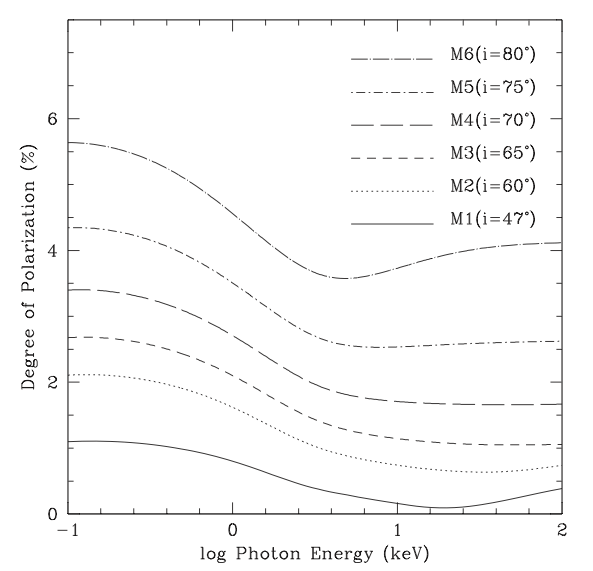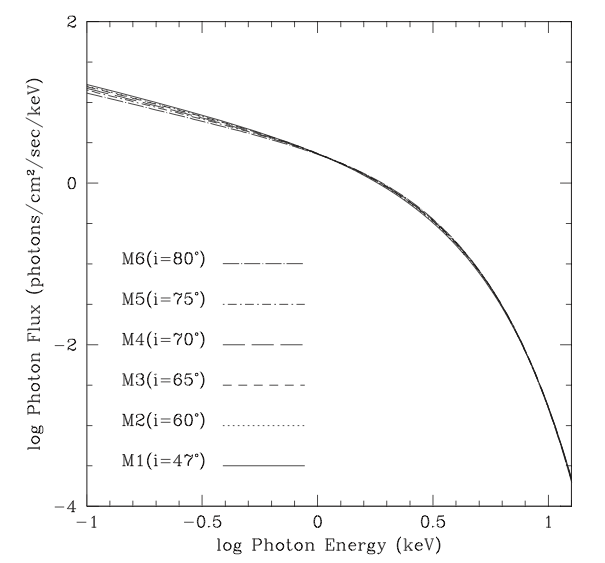

Spin parameters of stellar-mass black holes in X-ray binaries are currently being estimated by fitting the X-ray continuum spectra of their accretion disk emission. For this method, it is necessary to know the inclination of the X-ray-producing inner region of the disk. Since the inner disk is expected to be oriented perpendicular to the spin axis of the hole, the usual practice is to assume that the black hole spin is aligned with the orbital angular momentum vector of the binary, and to estimate the inclination of the latter from ellipsoidal modulations in the light curve of the secondary star. In a paper published in Astrophysical Journal in 2009, Narayan, McClintock, and I showed that the inclination of the disk can be inferred directly if we have both spectral and polarization information on the disk radiation. The predicted degree of polarization varies from 0% to 5% as the disk inclination changes from face-on to edge-on. With current X-ray polarimetric techniques the polarization degree of a typical bright X-ray binary could be measured to an accuracy of 0.1% by observing the source for about 10 days. Such a measurement would constrain the disk inclination to within a degree or two and would significantly improve the reliability of black hole spin estimates. In addition, it would provide new information on the tilt between the black hole spin axis and the orbital rotation axis of the binary, which would constrain any velocity kicks experienced by stellar-mass black holes during their formation.
The above figure shows the degree of polarization vs. photon energy for a set of degenerate disk models M1—M6 defined identified by the disk inclination angle i. The degenerate disk models were constructed by varying the disk inclination angle, the black hole spin, and the mass accretion rate so that the continuum spectra of these models are almost identical (see the figure below). Here the models are seen to have widely different degrees of polarization. [The computations were done using an extended version of KERBB. For details see L.-X. Li, R. Narayan, and J. E. McClintock, Astrophys. J. 691, 847 (2009).]

 Back to Li-Xin Li's Web Page
Back to Li-Xin Li's Web Page